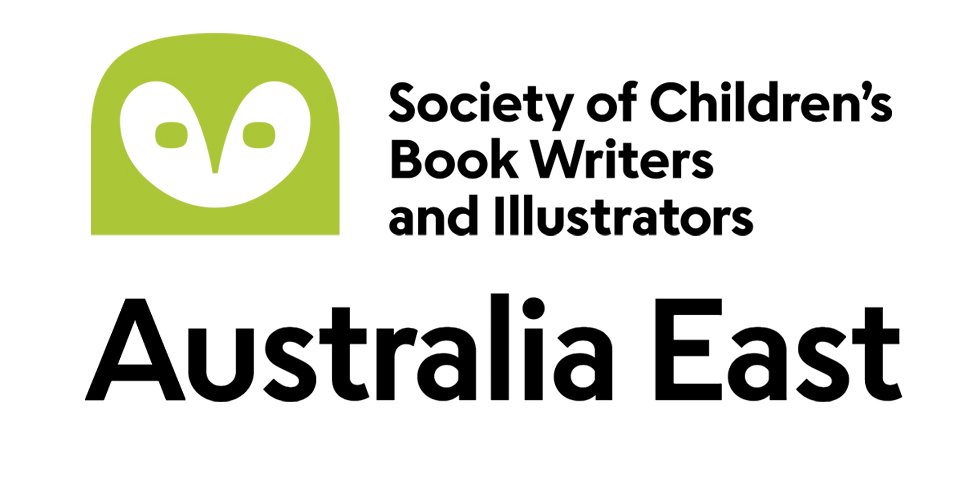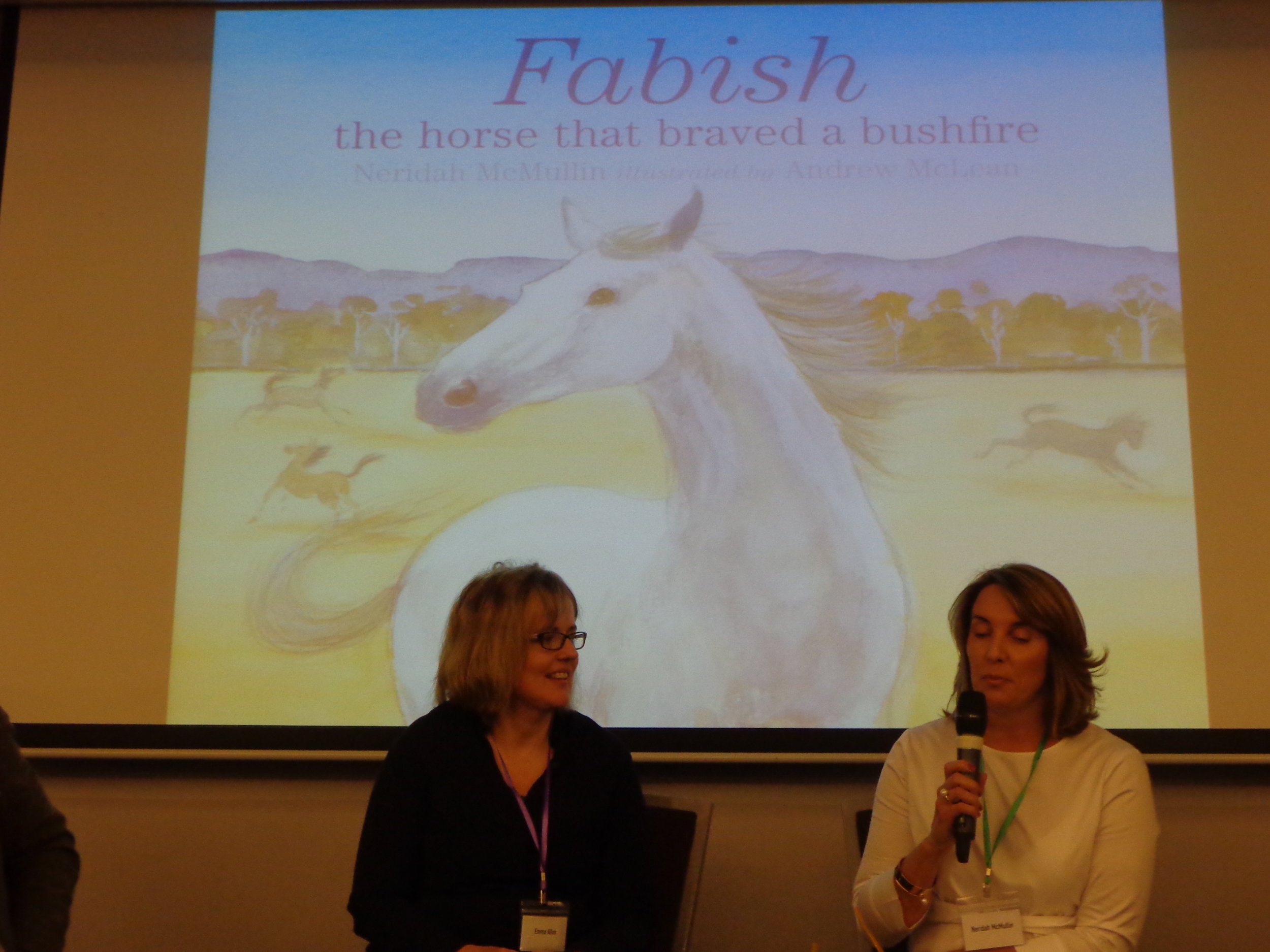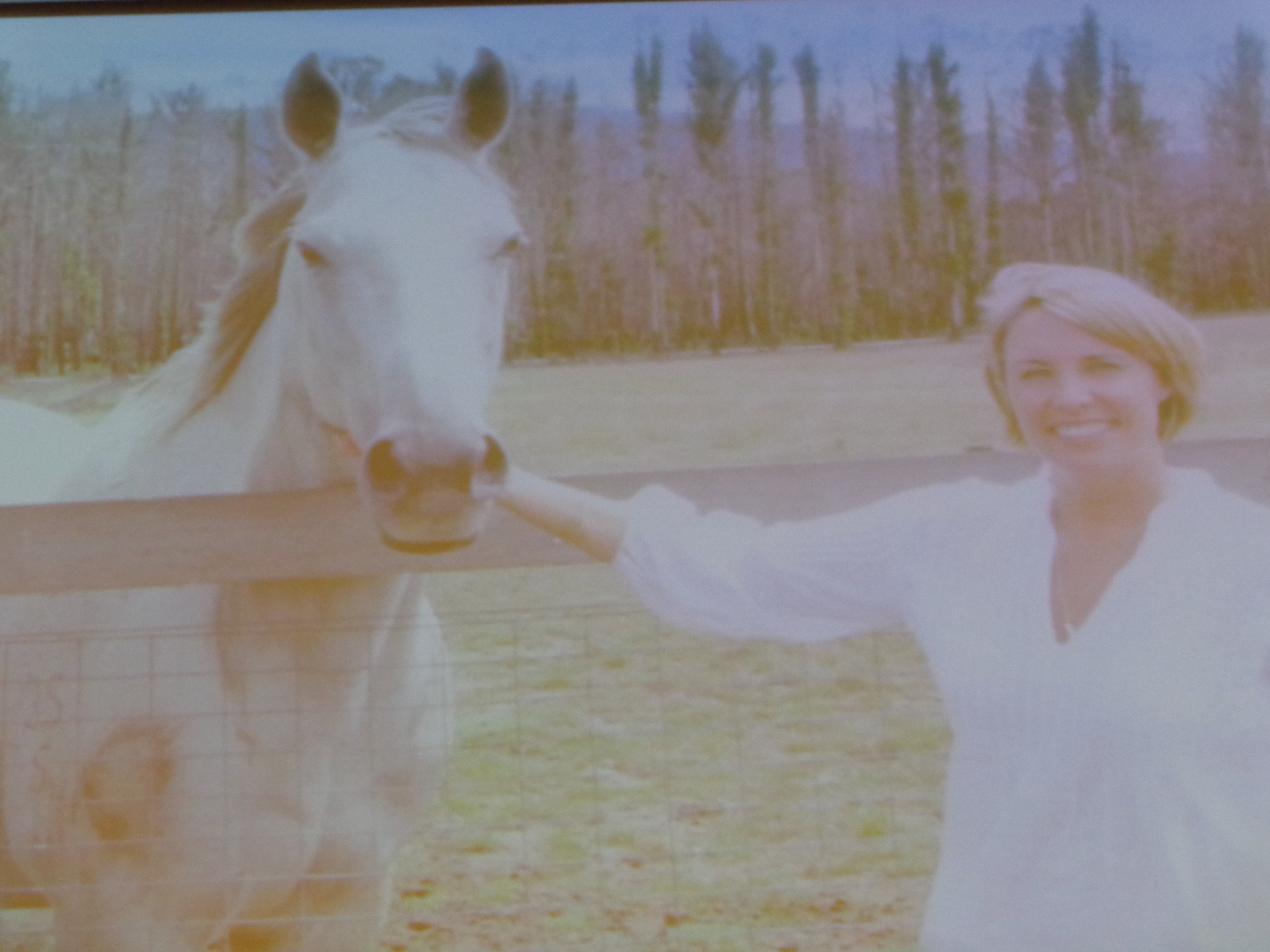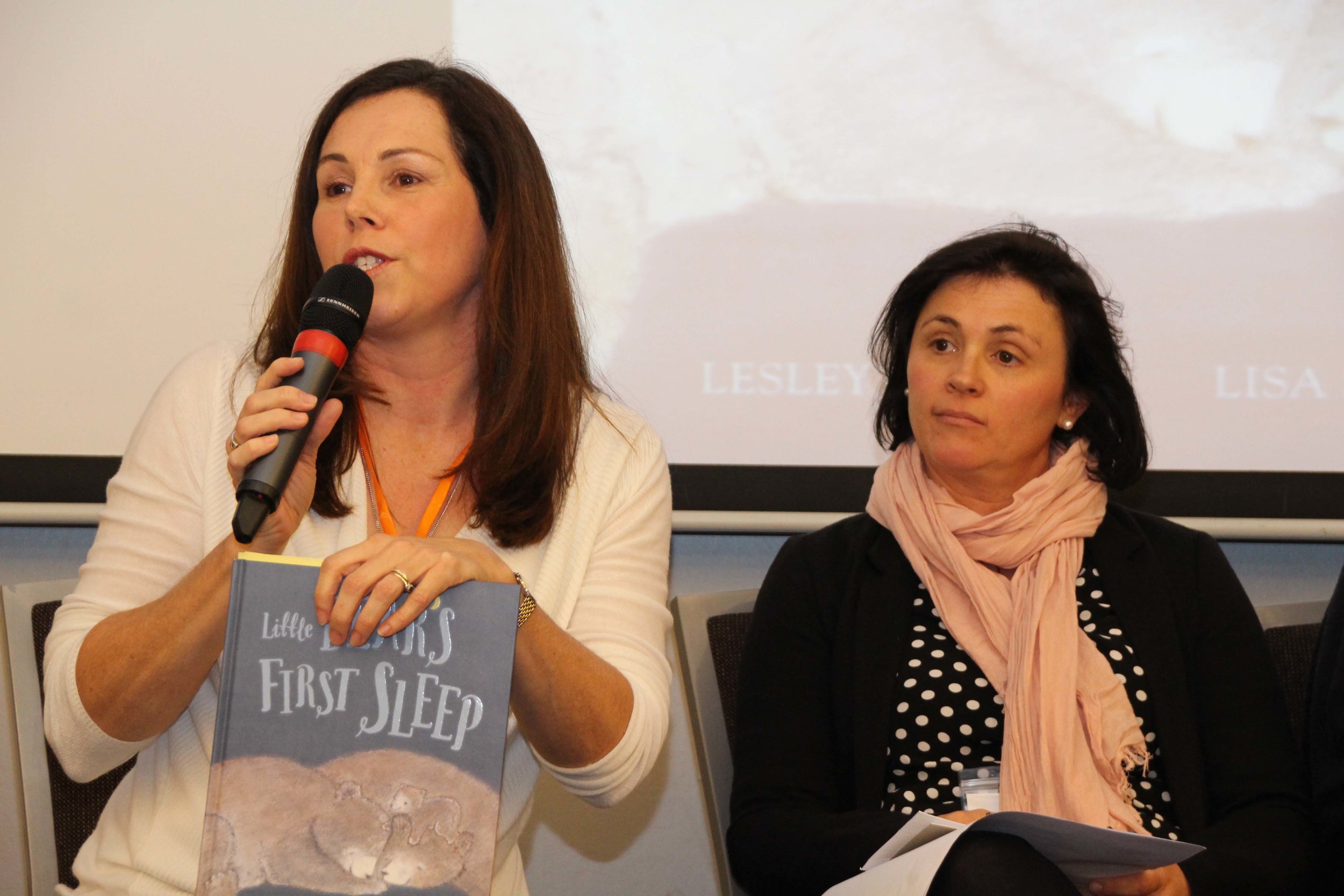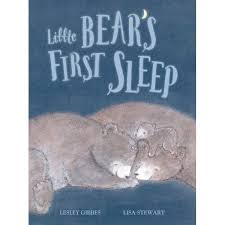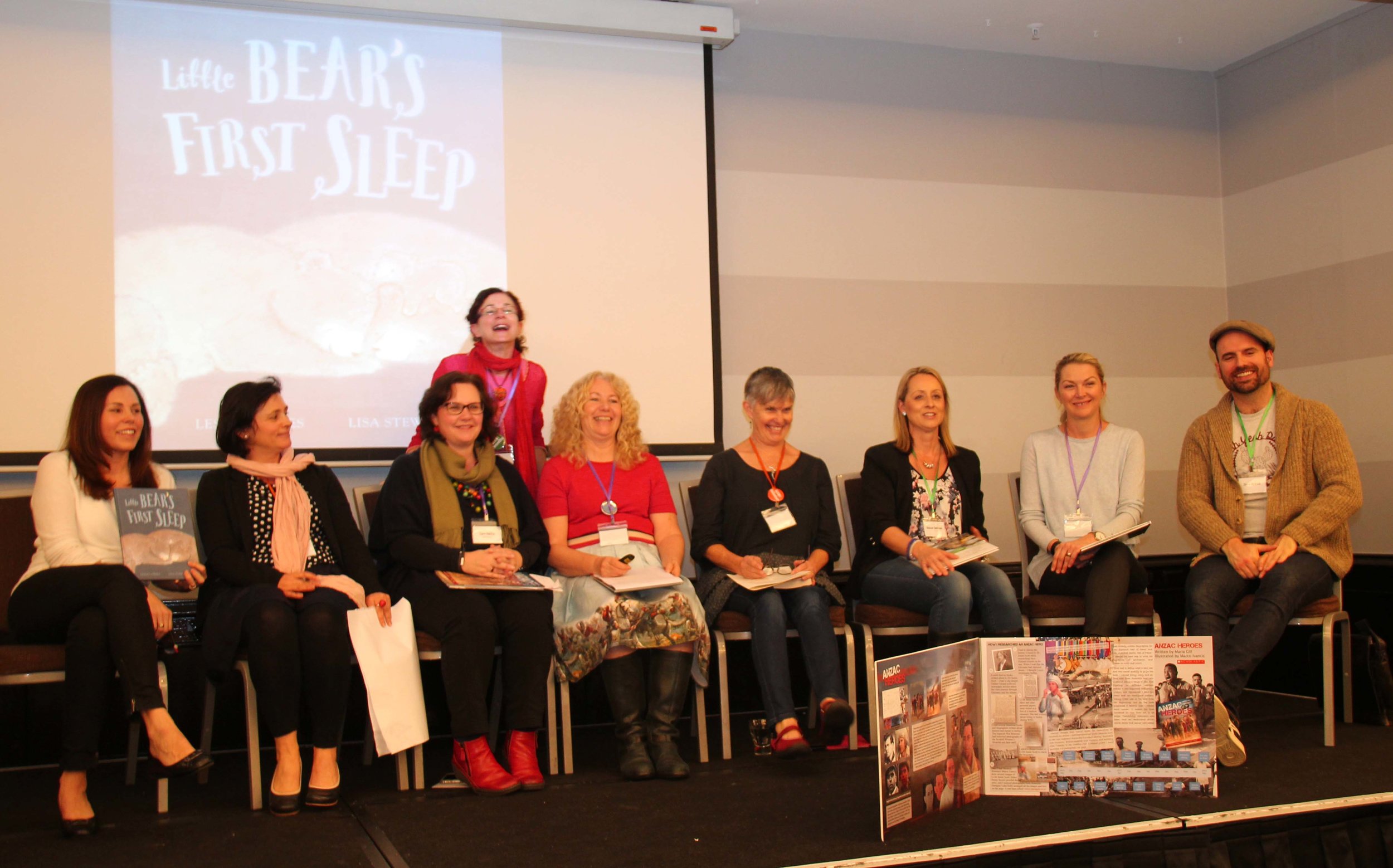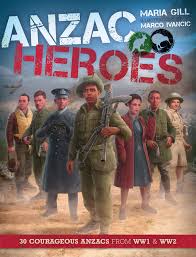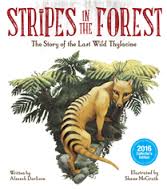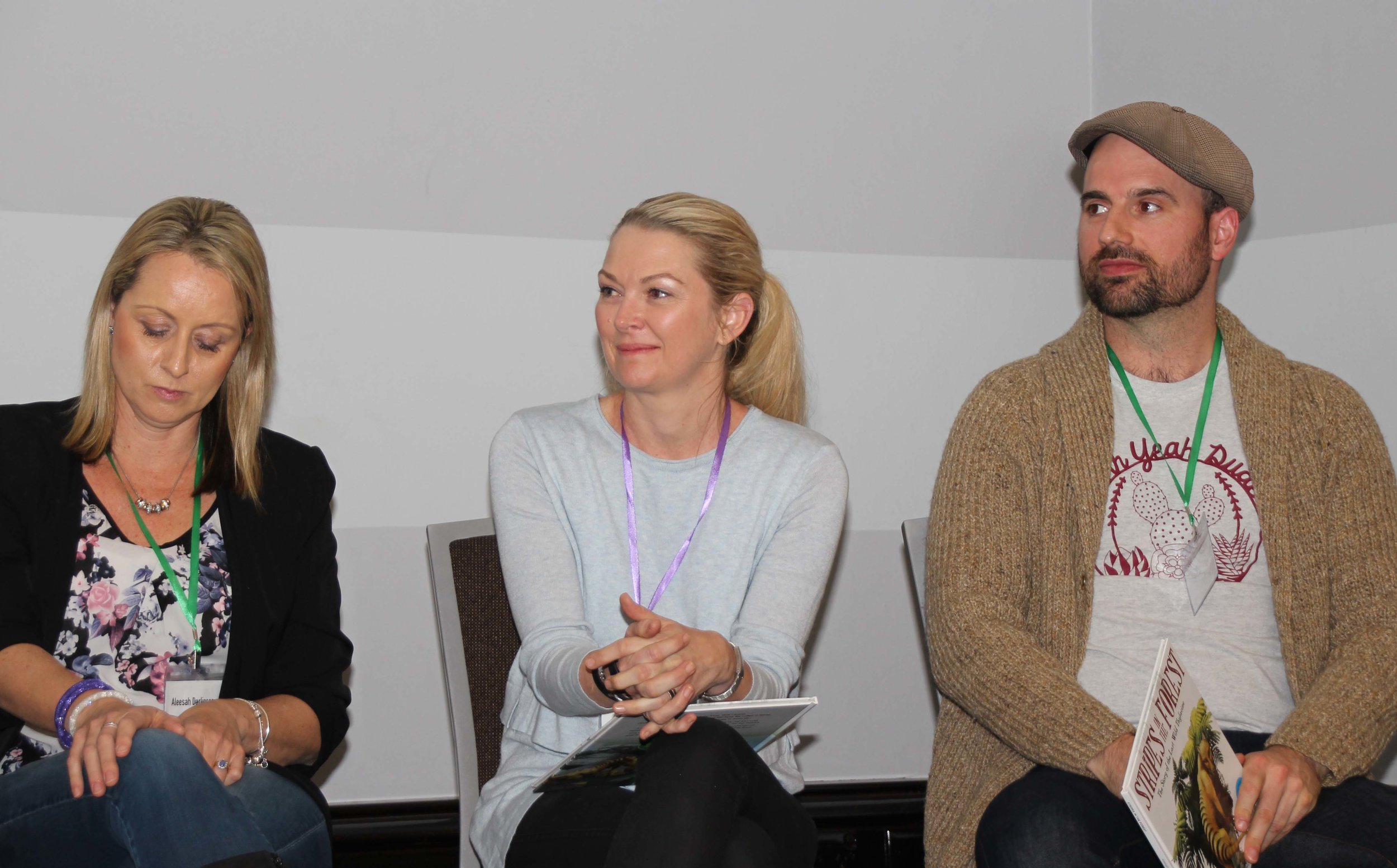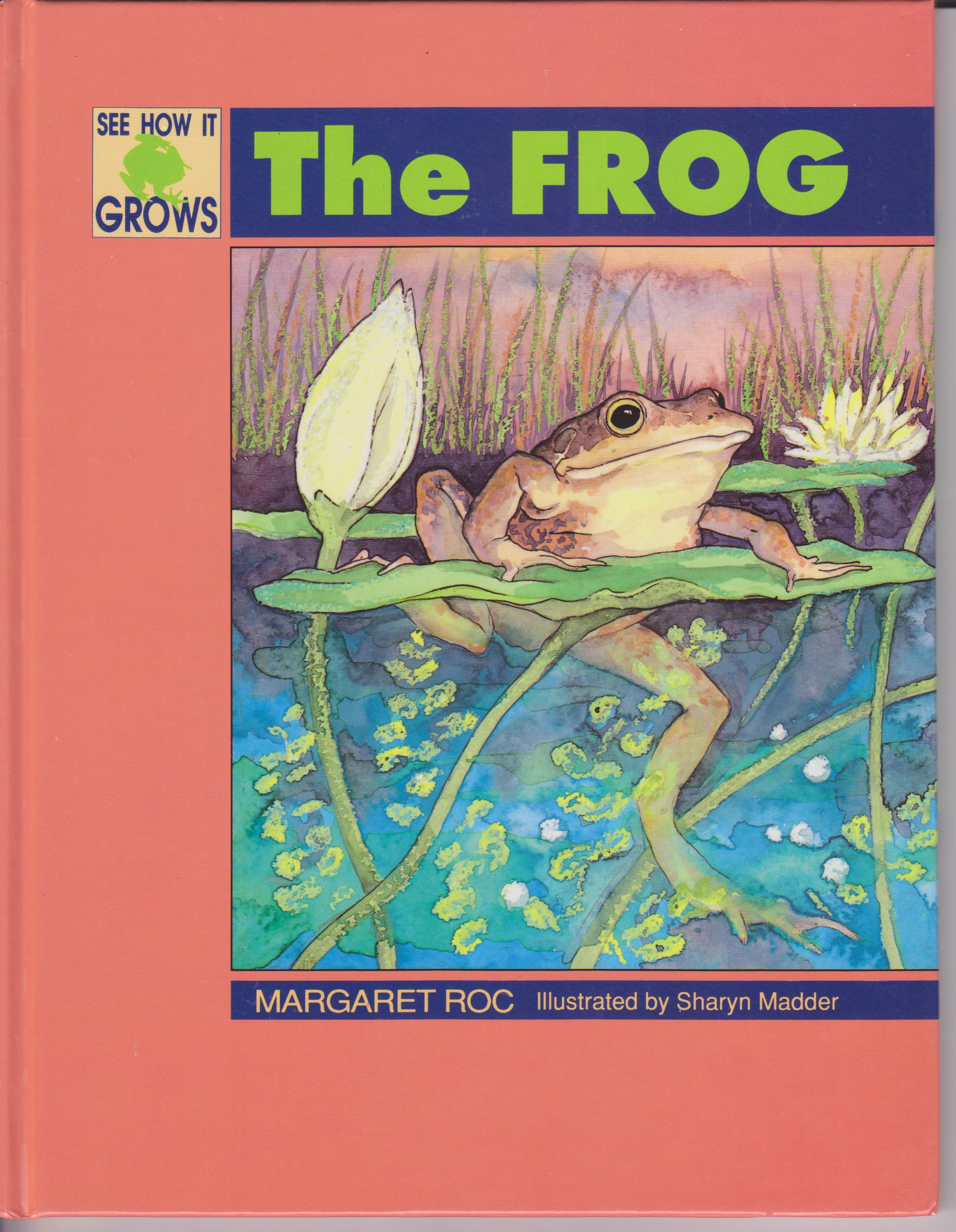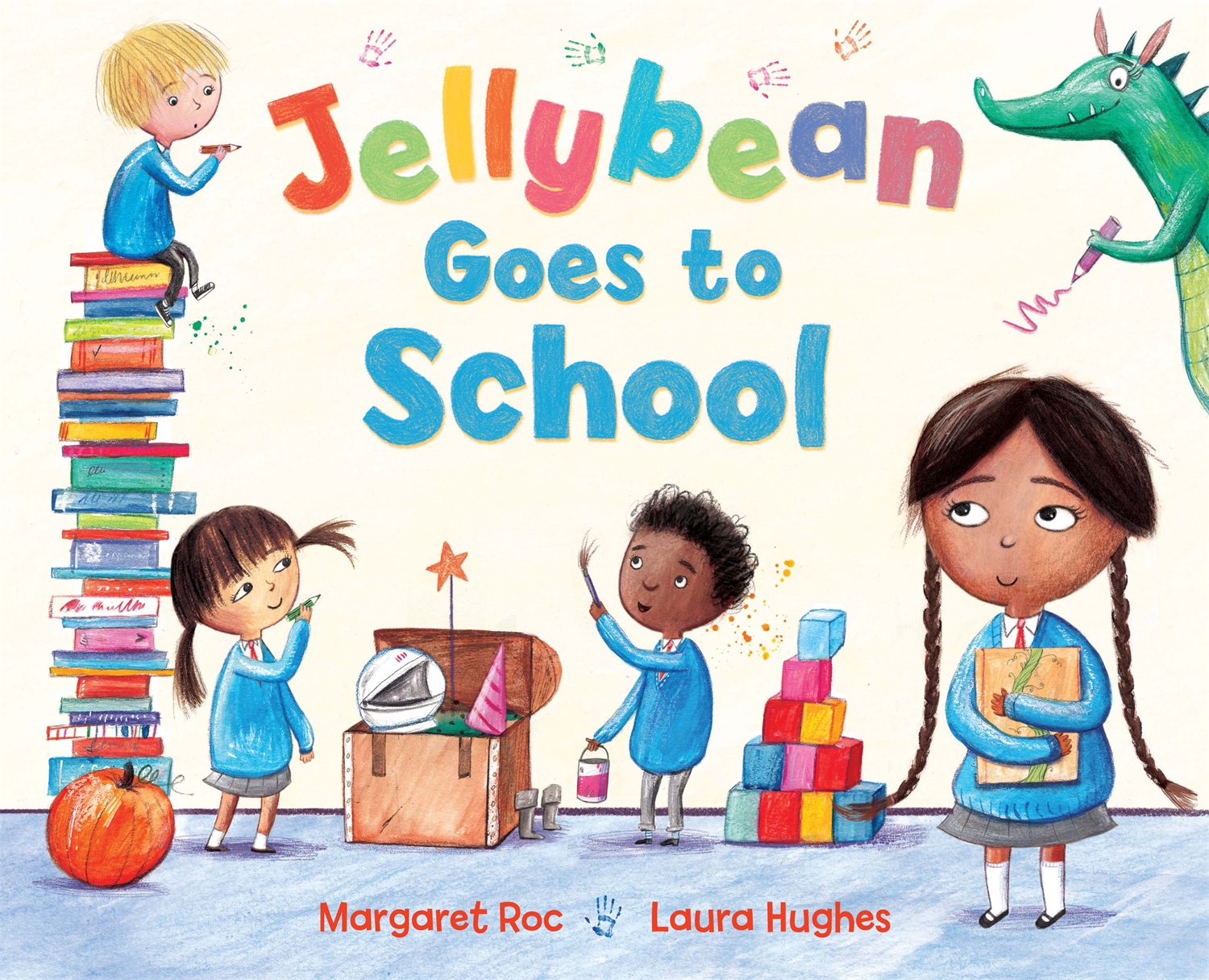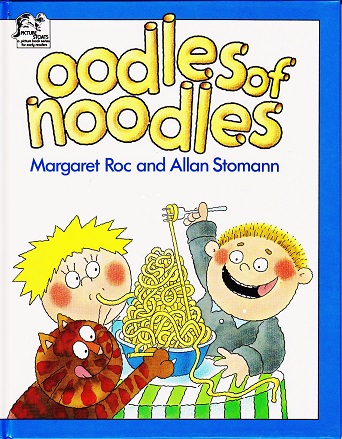Paul MacDonald discusses the picture book genre with three creators
Chaired by Paul MacDonald from The Children’s Bookshop, Beecroft
This session featured three wonderful creators talking about their latest books and what inspired them.
Author Emma Allen is inspired by childhood, she re-imagines her own, looks at her children’s childhood as well as those of other children.
Growing up in a small country town, the library was her magical place. When Possum Magic by Mem Fox came out she and her class crafted fake lamingtons that looked good enough to eat. And though she knew they weren’t real she couldn’t resist taking a bite. How can something made-up be so real, she wondered. This incidence started her love of picture books and literature.
‘Fiction seemed truer to me and has stayed like that ever since.'
Her latest picture book ‘My Friend Ernest’ illustrated by Hannah Sommerville, though completely fictional somehow ended up in the non-fiction section of a confused bookshop due to its ‘true emotion’ which though a compliment, ultimately was clearly not where this book should have been placed.
Her work as a paediatric speech therapist has informed her writing, and her love of writing and narrative have informed her career and work with children.
‘Narrative helps children understand the world.’
She collaborated on her story with editor Lisa Berryman from Harper Collins through face to face meetings.
Author Nerida McMullin discussed how her latest picture book ‘Fabish: The Horse that Braved a Bushfire’ is a story based on fact and falls in the category of creative- or narrative non-fiction.
Fabish was inspired by a radio interview she heard, featuring a man, Allen, who lived through Black Saturday with his horses. Neridah herself experienced the effects of Ash Wednesday and coming from a racing family could identify with his experiences. And the story of one of one retired racehorse leading itself and seven yearlings to safety after hope had been lost during the fires was what led to her writing of ‘Fabish’.
The story originated as a short story which was published in the School Magazine, though her editor immediately saw it as a picture book.
As a great example of collaboration between author and illustrator Neridah took the illustrator, Andrew McLean, to meet racehorses so he could experience firsthand the horses’ body language, to be immersed in the feel, smell and sounds of horses. This collaboration between author and illustrator also ensured the authentic feel of the book.
Illustrator Marjorie Crosby-Fairall who illustrated ‘Mrs Dog’ didn’t get the chance to work with the author Janeen Brian directly. The editor, Karen Tayleur, formerly with Five Mile Press, had a specific vision for this story; to have the illustrations feature the animals without emphasise on humans.
Marjorie took this on board but also wanted the story feel like a hug, and to slowly intertwine the images of the two animals, dog and lamb, as the story advanced.
Using added texture in the illustrations for a tactile feel and using underpaint in warm browns added to the warm, snug, feel of the story
Perfecting the 'hug' Mrs Dog spread
Each creator had a different response to when they first saw the finished book:
Emma, put the book a way for a while before looking at it, to prepare herself emotionally, and then read it for the first time with her children.
Neridah was not ready to see the finished book published as in the time it took for the book to be finalised, Allen, the horse trainer she collaborated with closely in the telling of the story had passed away unexpectedly. But, after contacting his wife and family she realised it was important for this story to be told and remembered.
Yvonne Mes Roving Reporter
#SCWBISyd
